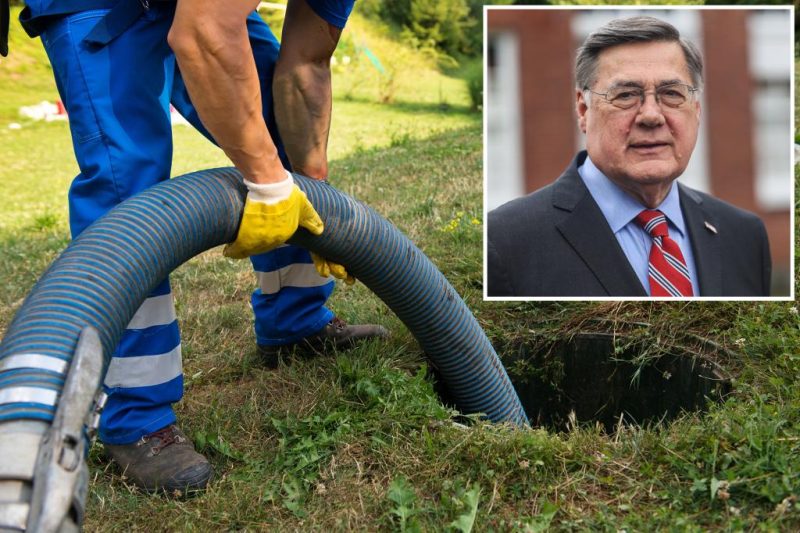
Suffolk County, New York, is facing a significant sanitation challenge. A staggering 70% of homes and businesses still rely on outdated cesspool systems, a fact that’s causing considerable environmental concern and infrastructure headaches. Now, the county is taking action, but the cost is raising eyebrows.
Officials have recently approved a hefty $3.8 million expenditure to begin connecting these properties to the county’s sewer system. While this initiative aims to address long-standing issues of water contamination and public health, the substantial financial commitment has sparked debate among taxpayers. The question on many minds: is this the most efficient and effective way to tackle the problem?
The reliance on cesspools presents several significant drawbacks. These antiquated systems are prone to failure, leading to sewage backups and potential contamination of groundwater. This poses a serious threat to the environment and public health, necessitating a comprehensive solution. However, the sheer scale of the undertaking and the associated costs are prompting scrutiny.
The $3.8 million represents just the initial phase of a much larger project. The long-term implications for taxpayers remain unclear, and there’s growing concern about the overall financial burden. Some argue that alternative solutions, perhaps involving more targeted interventions or exploring innovative wastewater management technologies, should have been thoroughly investigated before committing to such a large-scale investment.
The debate surrounding this project highlights a broader issue: the need for sustainable and cost-effective solutions to aging infrastructure. As communities across the country grapple with similar challenges, Suffolk County’s experience serves as a cautionary tale, prompting a deeper examination of the financial and environmental implications of large-scale infrastructure upgrades. The coming months will likely see continued discussion and debate as the project unfolds and its long-term impact becomes clearer.










